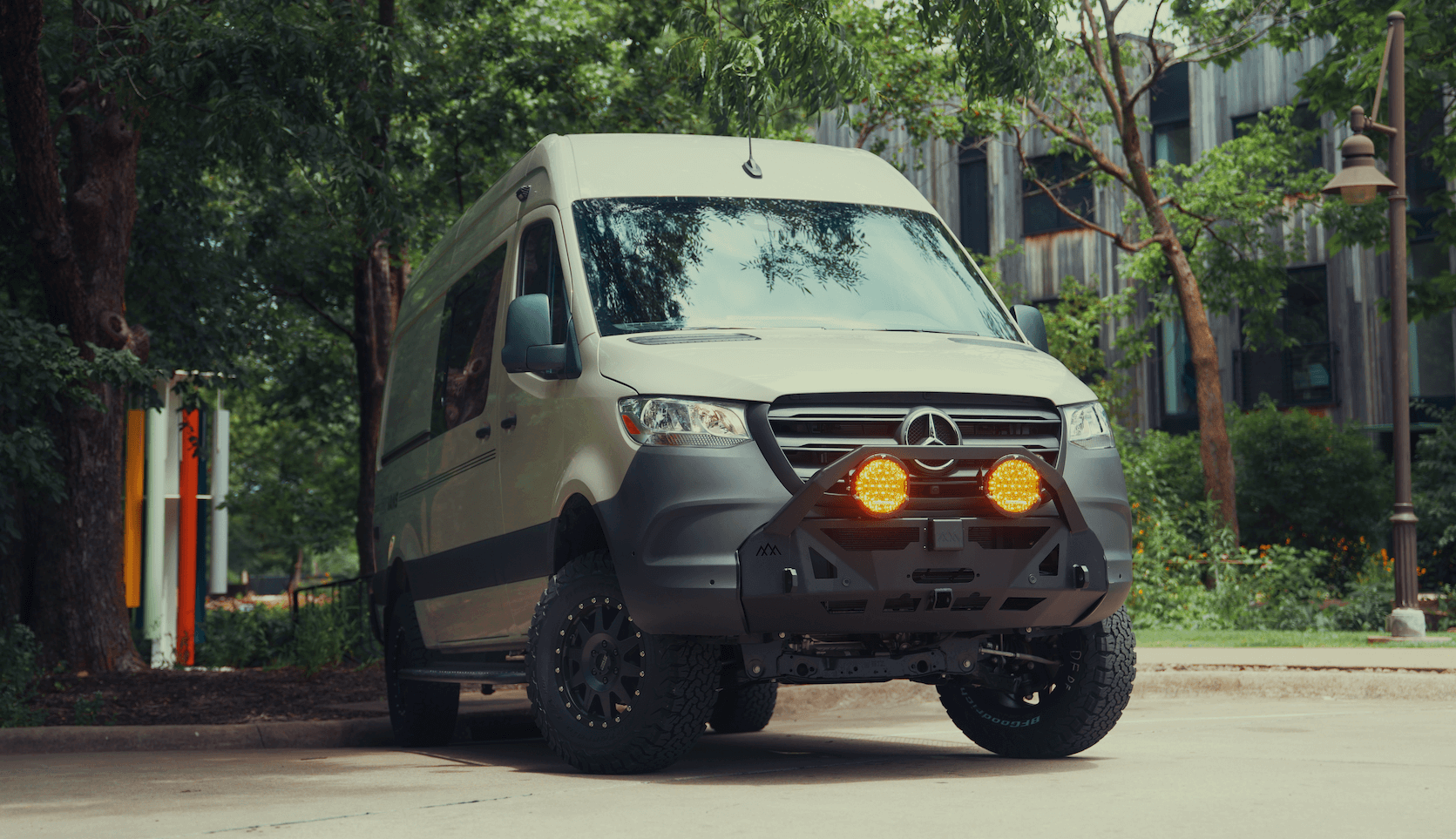Recreational Vans

An off road protection package is a coordinated set of parts that defend a vehicle from the hazards that show up beyond pavement. Rocks push up into the belly, ruts tug at brake lines, and breakovers threaten pans and housings. A good system shields critical components without stealing useful ground clearance or airflow. It also adds practical recovery points for safe pulls when traction fades.
Typical elements include:
Skid plates create a smooth glide surface under the engine, transmission, and transfer case so the vehicle can slide over ledges instead of snagging on them. Coverage should extend past vulnerable pans and crossmembers, with formed ramps at the leading edges to prevent hangups. Many designs add service cutouts for oil and filter access. Plate thickness often ranges from 3 millimeter aluminum for lighter builds to 3 sixteenths inch steel where contact is expected.
Rock sliders function like a guardrail for the body. Proper sliders bolt to the frame or a reinforced subframe and can carry the vehicle if it pivots on a boulder. Differential covers with thicker faces and reinforced lips resist rock strikes that can dent a thin stamped cover. Guards for brake lines, ABS wiring, and shock reservoirs keep small but critical parts out of harm’s way.
Bumpers shaped for clearance improve approach and departure while safeguarding radiators and rear corners. Inner fender liners stop debris from packing into cavities where it traps moisture and rubs wiring. Some builds use polymer glide blocks in high contact zones to reduce friction and noise. Quality recovery points, rated and tied into structure, are essential for safe winch or strap pulls.
Steel skids and sliders offer high dent resistance and tolerate repeated hits. The tradeoff is weight, which can sag springs and reduce fuel range. Aluminum saves weight and resists corrosion but needs smart ribbing and formed sections for strength; it can gall on sharp rock yet slides well on granite. Advanced plastics like UHMW are light and slippery, often used as wear layers on plate systems or as tank shields where sliding is frequent.
Design details matter. Recessed hardware avoids sheared bolt heads. Drain and airflow slots help cooling and simplify mud cleanout. Mount points should spread loads across crossmembers or rails, not just into thin sheet. Weld quality and coating systems affect longevity; zinc rich primer plus powder coat or a paint you can touch up after a scuff keeps rust at bay. Any added armor should preserve tire clearance at full turn and full compression.
Match the package to terrain. Desert whoops and high speed need smooth belly coverage and heat management. Forest trails and slick rock benefit from stout sliders and differential armor. Mud regions call for liners and easy to clean plates with broad drains. Consider your wheelbase, breakover angle, and tire size to prioritize where armor delivers the most benefit.
Install should follow torque specs with thread locker where noted, and brackets must sit flush without preload that could crack over time. After the first shakedown, re torque bolts and listen for rattles. Inspect after every hard trail day for gouges, bent tabs, or fastener stretch. Wash mud from cooling paths, check for trapped gravel in between plates, and touch up coatings. Armor is preventative, but it is also wear equipment; plan periodic refreshes.
Once you understand how an off road protection package works, the next step is tailoring coverage to the platform and the places you explore. Our team builds complete rigs and partial upfits that integrate armor with suspension, tires, and recovery gear so everything works together. If your goal is a quiet cross country tour that punctuates with rugged trails, we spec lighter plates and stout sliders to keep manners on the highway while guarding the body in tight rock gardens.
For van platforms, clearance around exhaust, tanks, and cabinetry is tight. We fabricate and fit solutions that protect drivetrain and sills while maintaining service access. Explore our recreational vans to see how we assemble adventure ready builds. If you want a ground up plan, start with our custom build van process. Looking for a finance friendly platform first? Review our mainstream vans options to match a chassis before armor planning.
Ready to protect your vehicle for real trails and long travel days? Share your terrain, driving style, and platform details, and we will blueprint an off road protection package that balances coverage, weight, and serviceability. Submit the form and let us build your plan.
Ready to outfit your van for real trails with protection that fits your terrain and driving style? Tell us how you travel and we will spec, fabricate, and install the right armor. Submit the form to start your custom plan.
ADDRESS:
6159 E Huntsville Rd, Fayetteville, AR 72701
PHONE:
(479) 326-9200
EMAIL:
info@ozkvans.com